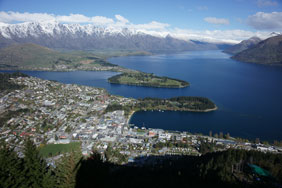Sony Alpha DSLR-A900
-
-
Written by Gordon Laing
Outdoor resolution - Sony Alpha A900 vs Canon EOS 1Ds Mk III vs Nikon D700
Sony Alpha DSLR-A900 results : Outdoor resolution / Studio resolution / High ISO Noise / Noise Reduction
Sony Alpha DSLR-A900 with Sony Carl Zeiss 24-70mm |
Canon EOS 1Ds Mark III with Canon EF 24-105mm IS |
Nikon D700 with Nikkor AF-S 14-24mm | ||
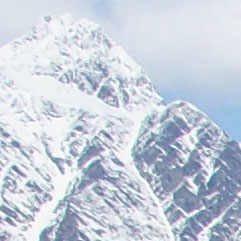 |
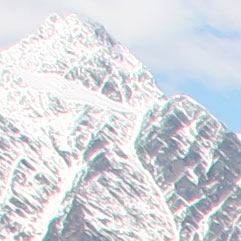 |
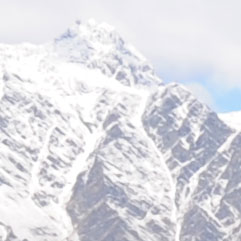 | ||
f8, 100 ISO |
f8, 100 ISO |
f8, 200 ISO | ||
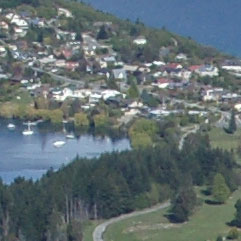 |
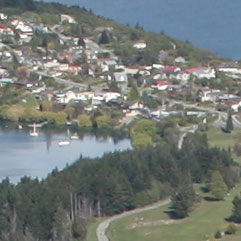 |
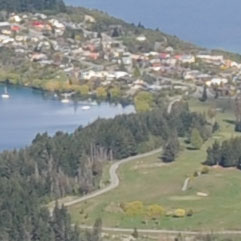 | ||
f8, 100 ISO |
f8, 100 ISO |
f8, 200 ISO | ||
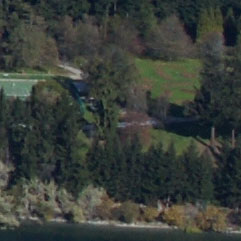 |
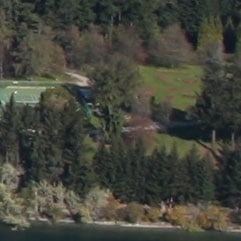 |
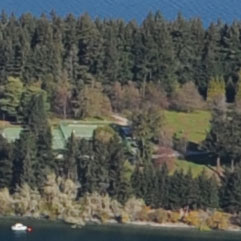 | ||
f8, 100 ISO |
f8, 100 ISO |
f8, 200 ISO | ||
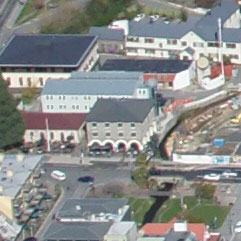 |
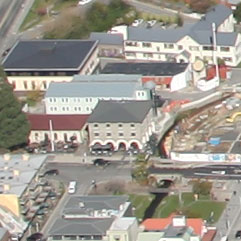 |
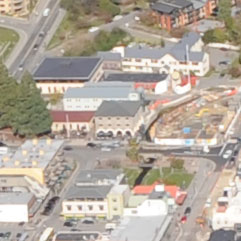 | ||
f8, 100 ISO |
f8, 100 ISO |
f8, 200 ISO |
Sony Alpha DSLR-A900: JPEG versus RAW
|
We photographed the scene here in the Sony DSLR-A900’s RAW plus Large Fine JPEG mode, allowing us to directly compare images created from exactly the same data. Below are crops taken from the original JPEG file alongside the RAW version, processed in Sony’s supplied Image Data Converter SR version 3.0 using the default settings. Sometimes a converted RAW file looks dramatically different from the in-camera JPEG, but this isn’t one of them. The RAW conversion has applied slightly more contrast and sharpening for a fractionally punchier result, but at the cost of some undesirable artefacts around the edges of the white buildings. Obviously better results may be achieved with further tweaking or alternative RAW converters, but anyone hoping to see much benefit using the supplied software at its default settings will be disappointed. Now let’s look at the Sony A900’s resolution in a studio environment and see if we can measure any difference between JPEG and RAW files under technical conditions. |
Sony Alpha DSLR-A900 JPEG with Sony Carl Zeiss 24-70mm |
Sony Alpha DSLR-A900 RAW with Sony Carl Zeiss 24-70mm | |
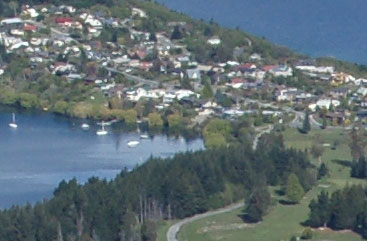 | 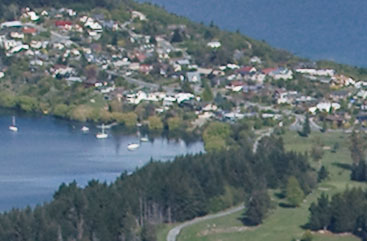 | |
f8, 100 ISO |
f8, 100 ISO |
Sony Alpha DSLR-A900 results continued…
Outdoor resolution / Studio resolution / High ISO Noise / Noise Reduction
 |
|
The image above was taken with the Sony Alpha DSLR-A900 at a sensitivity of 100 ISO, using the Sony Carl Zeiss 24-70mm f2.8 lens at 24mm f8; the original Large Fine JPEG file measured 8.6MB. The crops are taken from the upper left, centre, lower right centre and left of centre, and are presented here at 100%. The Canon EOS 1Ds Mark III and (especially the) Nikon D700 crops show a larger area due to their lower resolutions.
The A900 may sport slightly higher resolution than the Canon 1Ds Mark III in terms of total pixels, but there’s little between them in terms of real life detail in the crops below. Side-by-side the Canon’s default JPEG output looks a little crisper and it enjoys a small advantage in the mountain ridge crop where it’s retained some highlight detail that’s been lost on the Sony, but it’s still a very close-run.
With roughly half the total Megapixels, the Nikon D700 is unsurprisingly not delivering the same degree of fine detail as the Sony and Canon flagships, but considering the difference in numbers, the results aren’t bad at all. It’s also worth noting the Nikkor lens used here was at the long-end of its range, while the Sony and Canon lenses were at their short ends. These lenses were however selected as some of the best quality optics available for each system which shared identical coverage at some point in their range.
Ultimately both the Sony A900 and Canon EOS 1Ds Mark III bodies are capturing a massive amount of fine detail given good quality lenses, but we wouldn’t place one ahead of the other in terms of real life detail. Certainly, existing owners of Canon’s flagship shouldn’t lie awake at night worrying they’re missing out on extra detail captured by the A900 – and this bodes well for Canon’s upcoming EOS 5D Mark II.
But equally, while the A900 doesn’t noticeably out-resolve the flagship Canon in real-life, it is at least delivering the same kind of detail at a fraction of the price. Obviously there’s other differences to take into account, but the fact Sony’s delivered this degree of resolution at a much lower price than the Canon flagship is commendable – just remember Canon’s upcoming 5D Mark II has the same resolution as the 1Ds Mark III, but at a launch price a little below that of the A900.
Technically the A900 does actually resolve slightly more than the Canon EOS 1Ds Mark III, but you’ll need technical test charts to measure it – which we’ll show you in our Sony A900 Studio resolution page. But before heading over there, scroll down to the bottom of this page to see how the A900’s RAW output compares with in-camera JPEGs.
